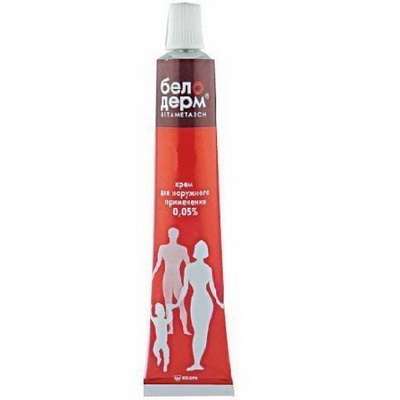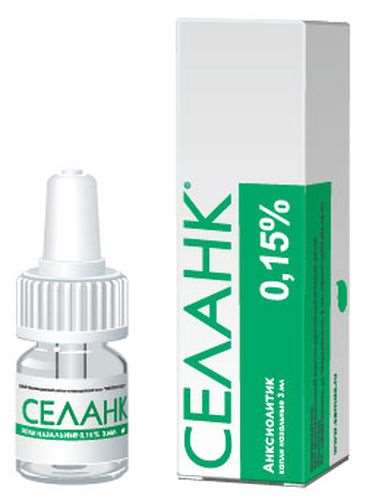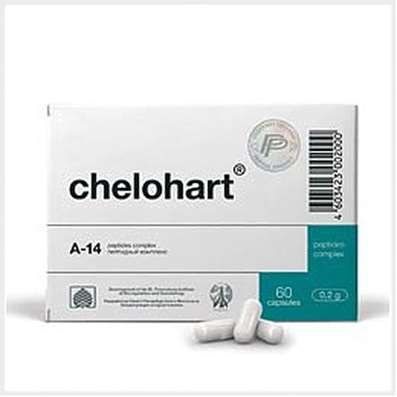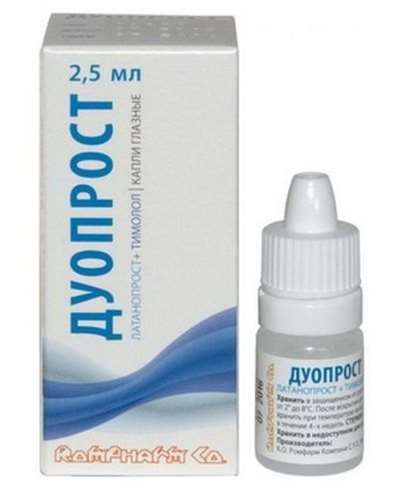Instruction for use: Serevent
I want this, give me price
Active substance Salmeterol
ATX Code R03AC12 Salmeterol
Pharmacotherapeutic group:
Beta-adrenergic agonist
The nosological classification (ICD-10)
J42 Chronic bronchitis, unspecified
recurrent bronchitis, Bronchitis asthma, wheeze bronchitis, chronic Bronchitis, Inflammatory airways disease, bronchi disease, Qatar smoker, Cough in inflammatory diseases of the lung and bronchus, Exacerbation of Chronic Bronchitis, Chronic bronchitis, Chronic obstructive pulmonary disease, Chronical bronchitis, Chronic bronchitis smokers, Chronic spastic bronchitis, allergic Bronchitis
J43 Emphysema
Interstitial emphysema, Emphysema, Chronic lung disease, Chronic obstructive pulmonary disease, Obstructive pulmonary emphysema, Chronic pulmonary emphysema, Chronic obstructive pulmonary emphysema
J44 Other chronic obstructive pulmonary disease
Allergic bronchitis, Bronchitis asthma, Asthmatic bronchitis, wheeze bronchitis, Bronchitis is an obstructive, bronchi disease, Shortness of sputum in acute and chronic respiratory diseases, Cough in inflammatory diseases of the lung and bronchus, Reversible airflow obstruction, Reversible obstructive airway disease, Obstructive bronchitis disease, Obstructive lung disease, Obstructive bronchitis, Spastic bronchitis, Chronic lung disease, Chronic nonspecific lung diseases, Chronic obstructive pulmonary disease, Chronic obstructive bronchitis, Chronic obstructive airway disease, Chronic obstructive pulmonary disease, Restrictive lung pathology
J45 Asthma
Asthma physical effort, status asthmaticus, Bronchial asthma, Asthma lung flow, Bronchial asthma with obstruction of sputum discharge, Bronchial asthma heavy currents, Bronchial asthma physical effort, hypersecretory asthma, Hormone-dependent form of bronchial asthma, Relief of asthma attacks in bronchial asthma, Non-allergic asthma, nocturnal asthma, Exacerbation of asthma, Asthma attacks, Endogenous forms of asthma, Night asthma, Cough with bronchial asthma
Structure and Composition
Aerosol for inhalation dose 1 dose
salmeterol xinafoate 36.3 g
(Expressed in salmeterol base 25 mcg / dose)
Excipients: lecithin; trichlorofluoromethane; dichlorodifluoromethane
metal in an inhaler device for dispensing a dose of 60; In the paper cartons 1 inhaler.
The drug forms
Metal inhaler with indented bottom, equipped with a metering valve comprising a suspension of a white or nearly white.
Characteristic
Selective beta2-adrenoceptor agonist prolonged action (12 h)
pharmachologic effect
bronchodilator.
It stimulates the beta 2-adrenergic receptors.
pharmacodynamics
Salmeterol molecule has a long side chain, which communicates with the outer portion beta2 receptor.
Salmeterol inhibits the release of mediators of tissue mast cell histamine, leukotrienes and PGD2. It suppresses the early and late stage allergic reactions; after a single dose suppression later stage lasts up to 30 hours when the bronchodilatory effect is no longer present. A single administration of salmeterol reduces hyperreactivity of the bronchi.
Salmeterol also increases the frequency of movement of the cilia of the ciliated epithelium, improves mucociliary clearance, reduces damage to the epithelium of the respiratory tract caused by Haemophilus influenzae and Pseudomonas aeruginosa, and also has anti-neutrophil activity and the ability to reduce the swelling of the mucosa by reducing protein recovery through the vascular wall.
In patients with asthma onset of action (increase in forced expiratory volume in 1 second (FEV1)> 15%) observed after 10-20 minutes after inhalation. The full therapeutic effect occurs after administration of the first few doses. Action salmeterol continued for 12 hours. This is particularly useful for patients with nocturnal attacks of bronchospasm and prevention of seizures caused by exercise.
Pharmacokinetics
Cmax inhalation 50 mg 2 times daily is 200 pg / ml, and rapidly declines. Excreted in the bile through the gastrointestinal tract, mainly in the form of a hydroxylated metabolite.
Indications
Asthma (including prevention of bronchospasm caused by exercise) in adults and children older than 4 years; chronic obstructive pulmonary disease (COPD), including chronic obstructive bronchitis and emphysema.
Contraindications
Hypersensitivity to salmeterol or any other component, children up to 4 years.
Pregnancy and breast-feeding
Not recommended to prescribe salmeterol during pregnancy and breastfeeding (because of the limited use of the experience) unless the expected benefit to the mother outweighs any possible risk to the fetus.
Side effects
From the nervous system and sensory organs: headache, tremor, convulsions.
Cardio-vascular system and blood (blood, hemostasis): hypokalemia, palpitations.
From the respiratory system: paradoxical bronchospasm
From the musculoskeletal system: pain in the joints.
Allergic reactions: seldom - chest tightness, itching, hives, swelling of the eyelids, lips, face, mucous membrane of the mouth and / or throat.
Interaction
Antagonize beta-blockers (including with cardioselective).
Xanthine derivatives, glucocorticosteroids (GCS) and diuretics increase the risk of hypokalemia.
MAO inhibitors and tricyclic antidepressants increase the risk of side effects from the cardiovascular system.
Compatible with inhaled corticosteroids and kromoglitsievoy acid.
Dosing and Administration
Inhalation. The formulation may be applied through a spacer.
In order to achieve optimal therapeutic effect Serevent should be used regularly. The duration of treatment determined by the doctor.
Adults in the treatment of asthma and COPD is the recommended dose - 2 inhalations (2 × 25 micrograms salmeterol), 2 times a day.
The maximum dose (with more pronounced airway obstruction in asthmatic patients) - 4 inhalations (4 × 25 micrograms salmeterol), 2 times a day.
Children older than 4 years, the recommended dose - 25-50 g (1-2 inhalation) salmeterol 2 times a day.
The maximum daily dose for children from 4 to 18 - 100 micrograms of salmeterol per day (up to 2 inhalations 2 times a day).
Elderly patients with impaired renal function does not require dose adjustment.
Overdose
Symptoms include headache, tachycardia.
Treatment: antidotes - cardioselective beta-adrenergic blockers (should be used with caution because of the possible development of bronchospasm).
Precautionary measures
With care appoint at a thyrotoxicosis, arrhythmia, ischemic heart disease (angina III-IV functional class, acute myocardial infarction), uncontrolled hypertension, hypoxia of different genesis, pheochromocytoma.
special instructions
Patients with impaired renal function, elderly patients change the dosing regimen is required.
Serevent should not be used in patients with severe or worsening asthma exacerbation (increase in bronchial obstruction symptoms, decrease in efficiency and an increase in demand for high-speed inhaled bronchodilators, deterioration in peak flow and spirometry).
Patients should not stop taking glucocorticosteroids, or to reduce the dose without the advice of a doctor, even if their condition has improved during treatment with Serevent. Serevent is not a substitute tablet or inhaled corticosteroids, and is appointed in addition to them.
Patients should be warned that for relief of asthma symptoms should not be inhaled additional doses of Serevent and recommended use of beta2 agonists - short-acting adrenergic receptors.
Since the use of high doses of drugs from the group of beta 2-adrenergic agonists may cause adverse reactions, the dose or frequency of administration Serevent should be increased only on doctor's advice.
Data from a placebo-controlled trial conducted in the US, which compared salmeterol and placebo security assigned in addition to the usual asthma therapy for 28 weeks, showed a small but statistically significant increase in the number of deaths related to asthma among patients, treated with salmeterol (13 cases per 13,174 patients - 0.099%) compared to those treated with placebo (4 out of 13,179 - 0.03%). 8 out of 13 patients in the first and 1 out of 4 patients of the second group were blacks, suggesting a higher risk of death associated with asthma, among the representatives of this race.
It remains unclear whether this is related to the fact of ongoing therapy, genetic predisposition or features of the social behavior of African Americans (later uptake to the doctor and the lack of strict adherence to the doctor's recommendations). In addition, extremely low overall incidence of reported cases does not give grounds to make a definite conclusion on the results of this study.
With regular use Serevent most patients reducing the need for additional use of short beta-agonists.
As can be reduced while cooling the inhaler therapeutic effect of the drug, it is advisable to get a can from the plastic case and warm hands for a few minutes.
In patients with acute exacerbation of asthma, hypoxia is necessary to control the concentration of potassium in the plasma.
It is recommended to check whether the patient knows how to use an inhaler.
The balloon can not puncture, disassemble or dispose of in fire, even if it is empty.
Storage conditions
In the dark place at a temperature no higher than 30 ° C
Keep out of the reach of children.
The shelf life
2 years.
Do not use beyond the expiration date printed on the package.

 Cart
Cart





